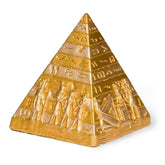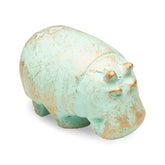Die Ton- und Lichtshow im Karnak-Tempel
Die Vergangenheit entdecken: Ein Besuch im Großen Ägyptischen Museum in Kairo
Einkaufen auf dem Markt in Luxor, Ägypten
Esna-Tempel: Enthüllung des himmlischen Tierkreis-Kunstwerks
Das Serapeum von Sakkara: Ein geheimnisvolles Erbe des alten Ägypten
Entdecken Sie den Esna-Tempel: Fügen Sie dieses versteckte Juwel Ihrer Ägypten-Reiseliste hinzu
Erkundung des Ramesseums – Ramses II. majestätischer Totentempel















